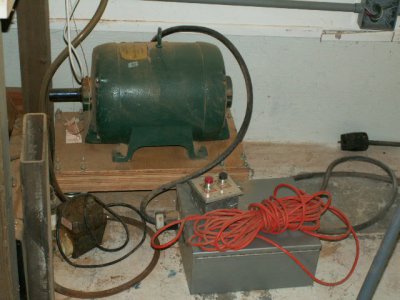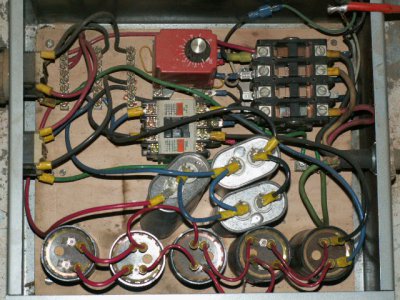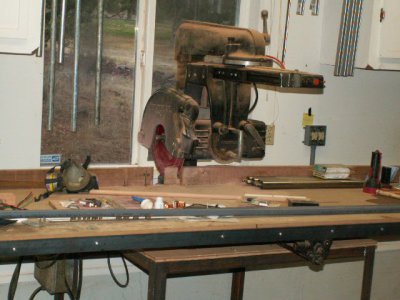- Joined
- Jan 1, 2018
- Messages
- 1,201
It looks/sounds like your RPC doesn't have any balancing capacitors. A lot of RPC's are made this way and run for many years without any issues to the RPC or the 3ph motors being powered.
Are you measuring the voltages when the RPC is powering a 3ph motor? Do they change when the powered motor is under load? The current readings on each leg are much more meaningful if you have a clamp on amp meter?
Bottom line is you really don't have anything to worry about.
Are you measuring the voltages when the RPC is powering a 3ph motor? Do they change when the powered motor is under load? The current readings on each leg are much more meaningful if you have a clamp on amp meter?
Bottom line is you really don't have anything to worry about.




